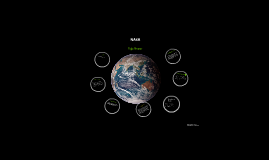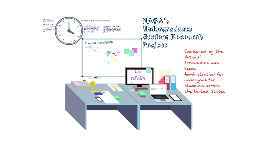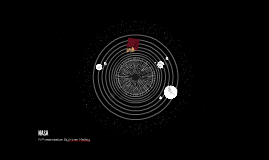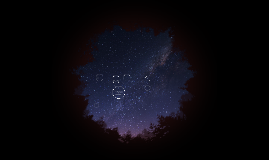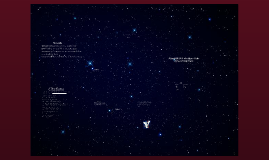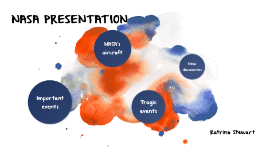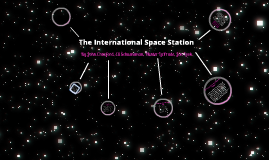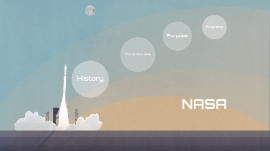Nasa presentation
Transcript: -Water filters -Duct tape -Anti-scratch lenses Potential Solutions Closing Thoughts It cost $1.7 billion to build just one of the five MESSENGER space craft The Cause How did space travel start and why? "We choose to go to the moon in this decade and do other things, not because they are easy, but because they are hard..." -John F. Kenndy. The United States has invested far too much money into space travel and would be better off investing that money into other programs. The United States has invested far too much money into space travel and would be better off investing that money into other programs. John F. Kennedy and Lyndon Johnson advocated for space travel and increased spending on the Apollo Missions. Instead of having the Government pay for everything, other private companies can design and engineer space shuttles backed by private investors. NASA was formed by Dwight D. Eisenhower in 1958. With the amount of money we have spent throughout the years, our country did not get a proper return on investment. It costs $450 million to launch each space shuttle, and as a country the United States has launched 130. With the new funds that are now free, we can spend that tax revenue on other pressing programs. B. Thompson, M. (2011, April 9). Space Exploration: At What Cost? : DNews. Retrieved November 16, 2015, from http://news.discovery.com/space/history-of-space/space-exploration-cost-110408.htm According to some reports, the U.S. government could give an additional $5.9 billion over a span of 5 years to encourage private companies to build and launch space craft. The United States collects $3.7 trillion in taxes a year. But at what cost? Work Cited The Problem usgovernmentrevenue.com The most costly expense recorded by NASA was the International Space Station, ringing up a total of $142 billion, not including the missions to go there for repairs and other things. C. Eliminate Human Space Exploration Programs. (2013, November 13). Retrieved November 16, 2015, from https://www.cbo.gov/budget-options/2013/44774 D. Meaney, S., & Robinson, T. (2014, November 8). Debate: Is space exploration a waste of resources? Retrieved November 16, 2015, from http://www.cherwell.org/comment/world/2014/11/07/debate-is-space-exploration-a-waste-of-resources With the billions of dollars that could be saved without NASA, where would you like to see that money go? More Probelms E. Chow, D. (2011, January 13). The Case Against The Moon: Why We Shouldnu0027t Go Back | Space Exploration & Moon Missions, Return to the Moon | Space.com. Retrieved November 16, 2015, from http://www.space.com/10597-case-moon-return.html With the trillions of dollars we have spent on space exploration in the last 50 years, what do we have to show for it? Privitization During the Cold War, the competition between the US and USSR hightened and both countries were trying to one up eachother. Throughout the years, NASA excursions have been by far the most costly. A. Rogers, S. (2010, February 1). Nasa budgets: US spending on space travel since 1958 UPDATED. Retrieved November 15, 2015, from http://www.theguardian.com/news/datablog/2010/feb/01/nasa-budgets-us-spending-space-travel






